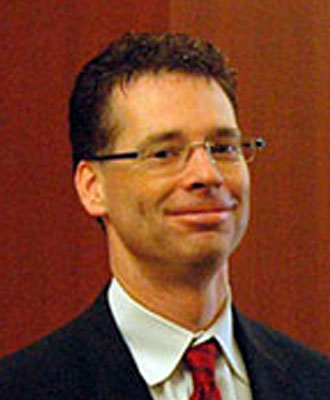Abstract
West Central Alberta has a thick stratigraphic section (up to 5000m) with multiple exploration and development targets in conventional clastic, carbonate, tight sand, and shale reservoirs. Compressional and extensional structural features are common throughout this large region, particularly further west. The area has extensive 3D seismic coverage, but that coverage typically has coarse source and receiver line spacing. AVO attributes have superior exploration and development utility for many of the targets as compared to conventional stacked data, but the use of AVO on any of these zones are challenged by the difficulty in extracting accurate AVO results. One of the variables that adversely affect the accuracy of the AVO extractions is the coarseness of the 3D seismic geometry. This coarse 3D geometry causes migration artifacts on our migrated gathers that arise due to the insufficient sampling of the seismic wavefield. This issue led us to use a 5D interpolation prior to migration to minimize these artifacts. We chose two current exploration and development targets to illustrate the effectiveness of this new method of AVO processing: the Viking, and the Nisku.
The Viking is a prolific zone that is deep, structured, and very thin relative to tuning thickness. We attempted to exploit the AVO response of this gas charged zone on migrated gathers to obtain a more accurate estimate of Phi-H than we could achieve with conventional amplitude mapping. In order to evaluate the performance of the new interpolation workflow, we performed our AVO analysis with a number of other relevant and established competing techniques. This interpolation migration flow was the most effective flow relative to other methods tried on this data, and represents an important new paradigm for land AVO analysis. This assertion is validated by 29 well ties and the resultant maps which are consistent with the structural erosional model of the Viking.
The Nisku carbonate play was also subject to our new interpolation migration method. Evaluating the performance of the new paradigm is aided in this case by the fact that one of the 3D seismic surveys in the area has been the subject of a previously published AVO case study on the Nisku. As such, we have an excellent control study to compare against our new method. We generate AVO Inversion results that behave in a more physically reasonable manner in cross plot space, tie the wells better, and produce cleaner, more geologically consistent maps than the previous study was able to produce.
By illustrating our new interpolation migration method of AVO processing on these two very different targets, we demonstrate the general importance of stabilizing pre-stack migration with this kind of support on structured, coarse 3D seismic surveys. These examples offer some insight into the future direction of other, related methods of analysis such as Azimuthal AVO (AVAz), whose sampling is much worse and could be expected to benefit from this kind of imaging support.
Biography
Lee Hunt currently consults for Fairborne Energy and Artek Exploration. He graduated from the University of Alberta with a B.Sc. in geophysics in 1990, after which he started his career working for PanCanadian Petroleum Ltd. The latter two thirds of his career has largely been at small junior companies. His experience ranges from interpretation to managing a business unit, but he has always been interested in working with others to improve his technical abilities to drill successful wells. He and his co-authors won Best Abstract for the 2008 CSEG convention, and he was also co-recipient of the 2000 CSEG Best Paper Award. Lee has contributed to the CSEG in the past by acting as the 2001 CSEG Convention Technical Chairman, as well as being one of the co-creators of the CSEG MLA. He is a supporter of APEGGA, and was one of the participants in the creation of APEGGA's Q.I. Practise Standard.
Jon Downton is currently the Research Manger of the Canadian processing and imaging product line for CGGVeritas. His research is in the area of estimating rock and fluid properties from seismic data, including AVO, inversion and controlled amplitude processing. He obtained his Ph.D. from University of Calgary in 2005 and his B.Sc. in geophysics from the University of Alberta in 1985. He has worked for numerous processing and software development companies including ITA, Landmark, Integra Geoservices, Scott Pickford/Core Lab, Paradigm and now CGGVeritas. He is a member of the SEG, EAEG, APPEGA and the CSEG for which he is currently the Vice President.





